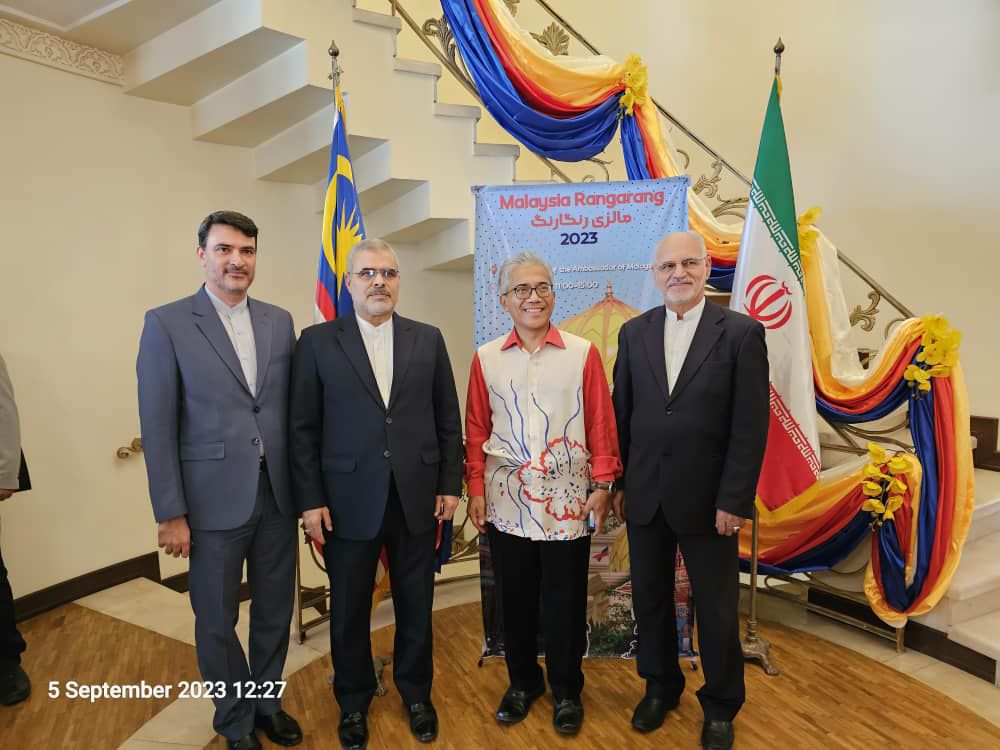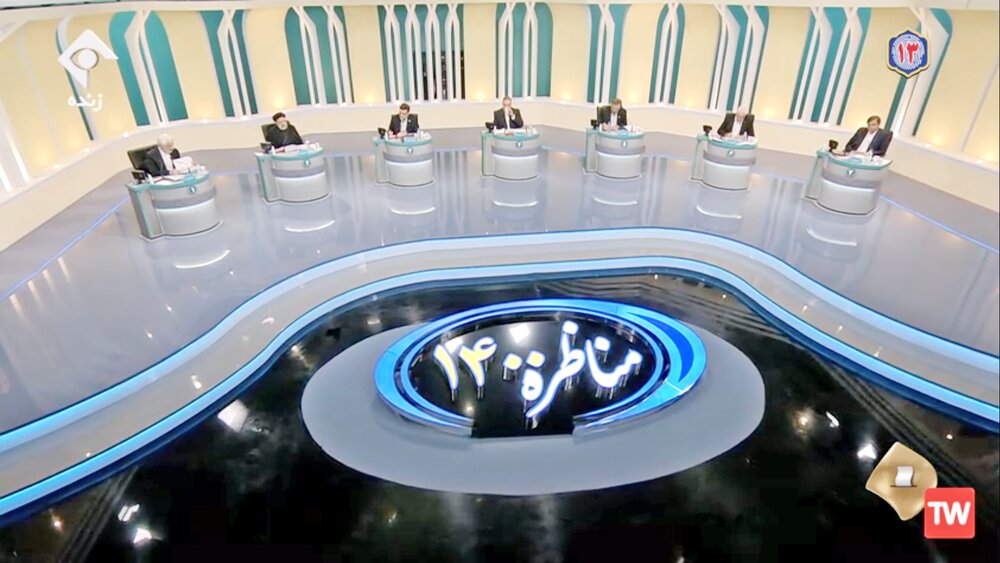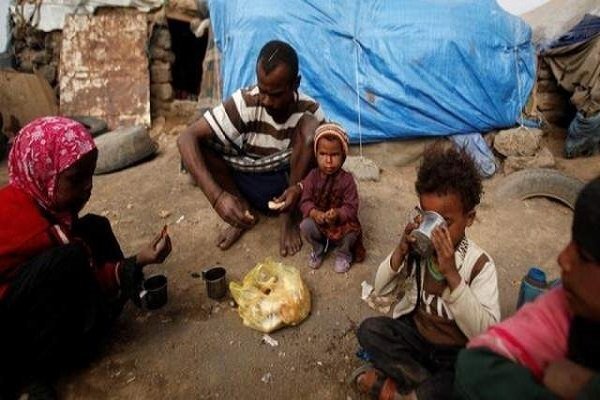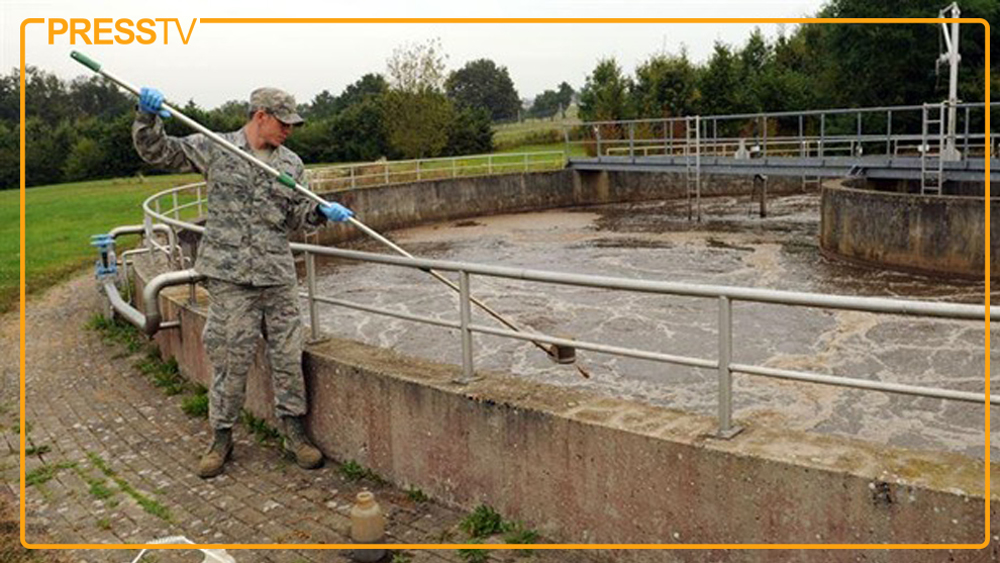Iran’s Trade Surplus with Pakistan Grows
TEHRAN (Iran News) President Pezeshkian departs for Pakistan at the invitation of his Pakistani counterpart. The visit is being closely watched by analysts for its potential geopolitical implications in the wake of heightened regional tensions following the recent conflict.
Speaking to IRNA ahead of the visit, Hamid Reza Karbalaei Esmaeili, Deputy for the Indian Subcontinent at Iran’s Trade Promotion Organization, emphasized the growing trend in bilateral trade and outlined key figures and challenges.
Esmaeili noted that trade between Iran and Pakistan has seen steady growth, increasing by 13.6% in the Iranian calendar year 1403 (March 2024–March 2025) compared to the previous year. The total trade volume reached $3.129 billion, with Iran exporting $2.423 billion worth of goods to Pakistan and importing $706 million, reflecting a positive trade balance for Iran.
Iran’s primary exports to Pakistan include petroleum-based products, powdered milk, and varieties of dates, while its main imports consist of rice, oilseeds, and meat products from Pakistan.
Despite annual growth, recent quarterly figures suggest a slowdown. In the first three months of the current Iranian year (starting March 2025), Iran’s exports to Pakistan stood at $420 million, marking a 20% decline from the same period last year. Imports also dropped slightly to $174 million, a 4% decrease. Esmaeili attributed this drop to ongoing regional instability and logistical challenges.
To sustain and expand trade relations, Esmaeili stressed the urgent need to strengthen trade infrastructure, particularly maritime transport, where current exchange is nearly nonexistent. “Our sea transport capabilities are very limited. Boosting this area could open up vast new potential for trade,” he said.
He also highlighted the vital role of border markets in facilitating commerce between the two nations. Establishing and activating these border posts, Esmaeili argued, would significantly boost local economies and reduce logistical friction.
Iran and Pakistan began implementing a limited free trade arrangement in 2016, but a comprehensive agreement has remained elusive. Esmaeili expressed hope that negotiations in the coming weeks could finally yield a broader free trade agreement—one that has been in the making for nearly a decade.
“The 14th Iranian administration is pursuing active economic diplomacy,” Esmaeili said, “with a focus on enhancing trade relations with neighboring countries. We’re optimistic that ongoing talks will make it easier for Iranian and Pakistani traders to conduct business.”
According to Esmaeili, recent shifts in Pakistan’s trade policies and tariff structures have made it easier to do business with Iran compared to previous years. This, he said, could result in increased cooperation and more streamlined trade channels moving forward.
President Pezeshkian’s visit to Islamabad, occurring against a backdrop of post-conflict regional recalibration, is widely seen as part of Tehran’s strategy to bolster regional alliances, assert economic resilience, and advance political cooperation in South Asia.
As both countries seek to deepen ties amid complex geopolitical dynamics, today’s diplomatic and economic talks may lay the groundwork for a more integrated regional trade network, benefiting not just Iran and Pakistan, but the broader region as well.
- source : IRAN NEWS ECONOMIC DESK






























